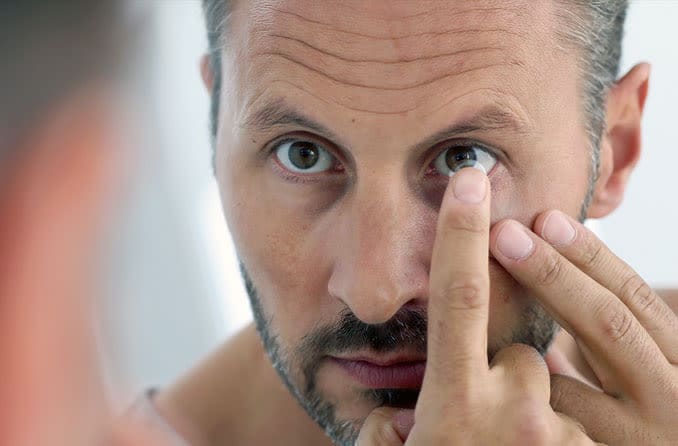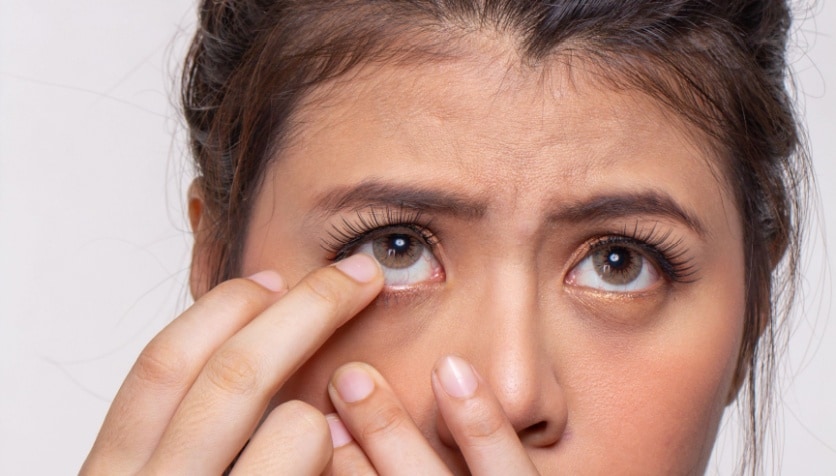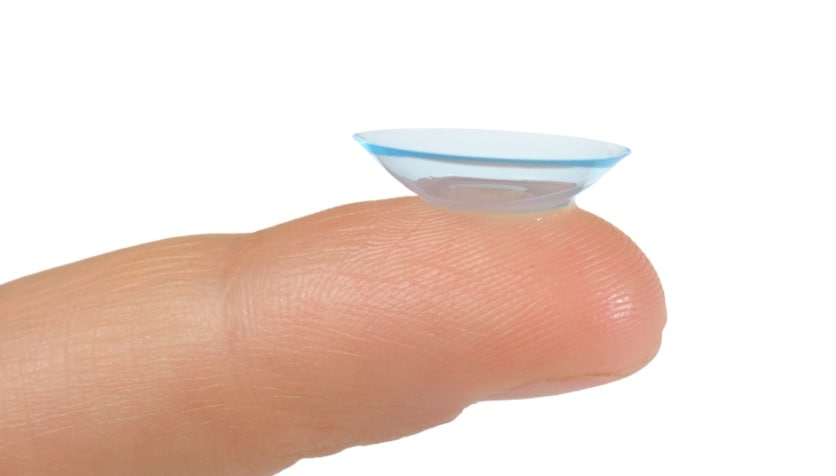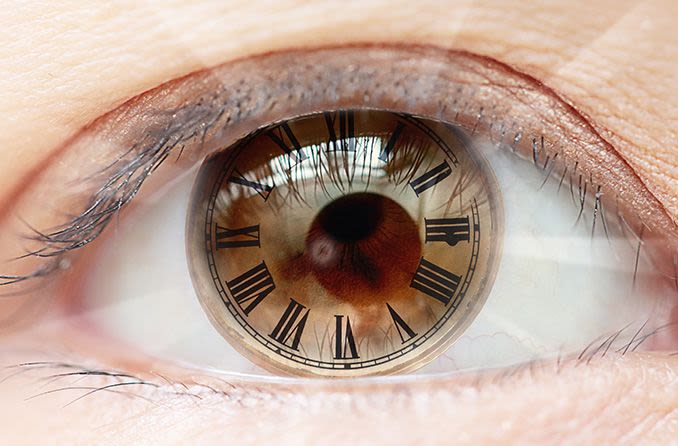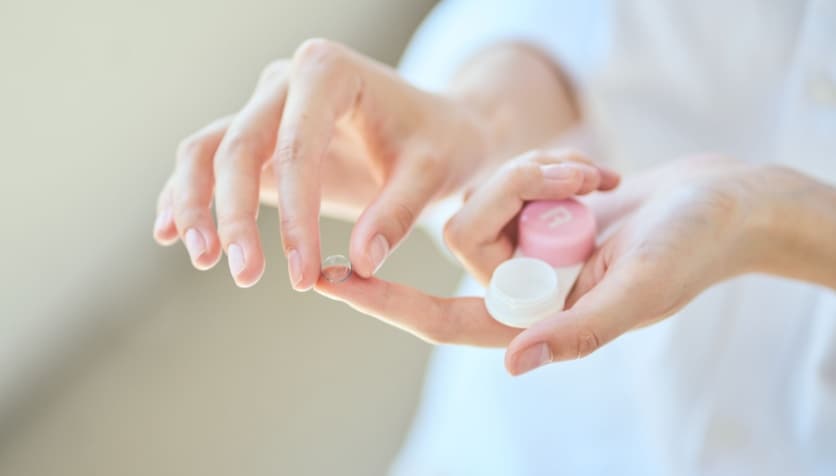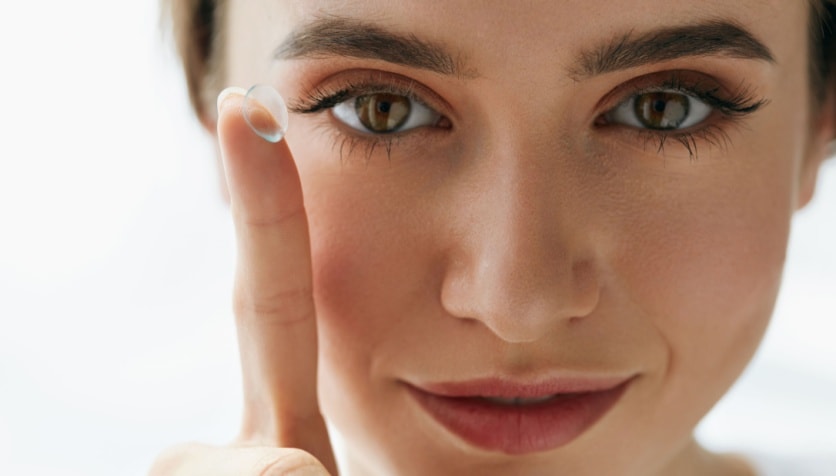Are your contact lenses uncomfortable? One or more of the remedies below may be what you need.
[You can also choose remedies specific to your symptoms.]
If your eyes don't look good, feel good or see well with your contacts on, remove the lenses immediately and consult your eye doctor to determine which of the following solutions will solve your problem.
Artificial Tears
Artificial tears can relieve occasional dryness. Follow your eye doctor's recommendations, because some eye drops are incompatible with certain kinds of contact lenses. Incompatible drops can discolor and ruin lenses. Also, not all drops are designed and approved for use with contact lenses.
For dryness, don't use products advertised to "get the red out" — their job is to constrict the tiny blood vessels that overlie the white of the eye (sclera). Shrinking the size of these blood vessels eliminates the appearance of red eyes but doesn't treat the underlying dryness problem.
Nutritional Supplements
To be comfortable in contact lenses, you need to produce enough tears. But it's not just the quantity of tear production that's important, it's also the quality. For example, imbalanced tear chemistry can lead to rapid tear evaporation — this is just as much a problem as not producing enough tears.
Research has found that the omega-3 fatty acids in salmon and other fish, as well as flaxseed oil, can improve the oily part of tear composition, which discourages tear evaporation.
Punctal Occlusion
This involves blocking the ducts that drain tears away from your eyes by inserting a tiny piece of silicone or acrylic, called a punctal plug, to decrease tear drainage and thereby keep more moisture on the surface of your eyes. Temporary, dissolving plugs are available so you can "test drive" this option to see if punctal plugs work for you.
Contact Lenses For Dry Eyes
If your current lenses fit well and you still experience discomfort, your eye care professional may recommend a different type of lens or a different wearing schedule. Many types of contact lenses are available today, and you may find newer options are more comfortable than your old lenses. Here are a few solutions that may make your contact lens wear more comfortable:
- Daily disposables. If lenses with built-up deposits are making you uncomfortable, then starting each day with a new lens may help. This is true especially if you suffer from allergies and are bothered by the airborne allergens that can stick to your lenses, or if your tear chemistry is such that difficult-to-remove lipids and proteins are accumulating on your lenses. Several brands of daily disposable lenses are available from the major contact lens manufacturers.
- Lenses with a different water content. Hydrogel (soft) contact lenses hold different amounts of water when they are fully hydrated, based on characteristics of the lens material. Some people are more comfortable with lenses in materials that have a low water content; others are more comfortable with lenses that have a high water content. If your eyes feel dry, ask your eye doctor if changing to lenses with a different water content might help.
- Silicone hydrogels. These advanced soft lenses allow more oxygen to reach the eyes and may stay moist longer than conventional soft (hydrogel) contact lenses. Silicone hydrogel brands include Air Optix (Alcon), PureVision (Bausch + Lomb) and Acuvue Oasys (Johnson & Johnson).
- FDA-indicated for dryness. Some soft contact lenses have been specially developed to relieve dryness. For example, CooperVision's Proclear lens has FDA clearance for the claim: "may provide improved comfort for contact lens wearers who experience mild discomfort or symptoms relating to dryness during lens wear." Extreme H2O is a brand that does not have such an FDA designation but is favored by some practitioners for contact lens wearers with dry eyes.
Contact Lens Care Products
Use the brand of contact lens solution your eye doctor specifies. Using solutions or rewetting drops that aren't compatible with your contacts may degrade the quality of the lenses, affecting both visual quality and comfort.
Some lens care systems might work well for most people, but you might be the exception. If your lenses aren't getting clean enough, they can irritate or damage the surface of your eye. In this case, your optometrist or ophthalmologist might switch you to a system that requires a bit more work on your part but may do the job better.
Even if your lens care solutions or eye drops work well at first, some people over time can develop sensitivity to certain formulas, especially those with preservatives. Your eye doctor may want you to switch to either non-preserved care systems or to daily disposable lenses, which require no cleaning solutions.
Orthokeratology
If wearing contact lenses during the day is giving you problems, you might want to try orthokeratology. This is the fitting of specially designed gas permeable contact lenses that you put on at bedtime and wear overnight. While you are sleeping, the orthokeratology (or "ortho-k") lenses gently reshape the front surface of your eye so you can remove the contacts in the morning and continue to see well without glasses or contact lenses during the day.
The results of ortho-k are temporary and you must wear the lenses routinely at night to maintain the vision-correcting effect, but many people find orthokeratology is an excellent way to solve contact lens discomfort problems without having to go back to wearing glasses or undergo LASIK or other vision correction surgery.
